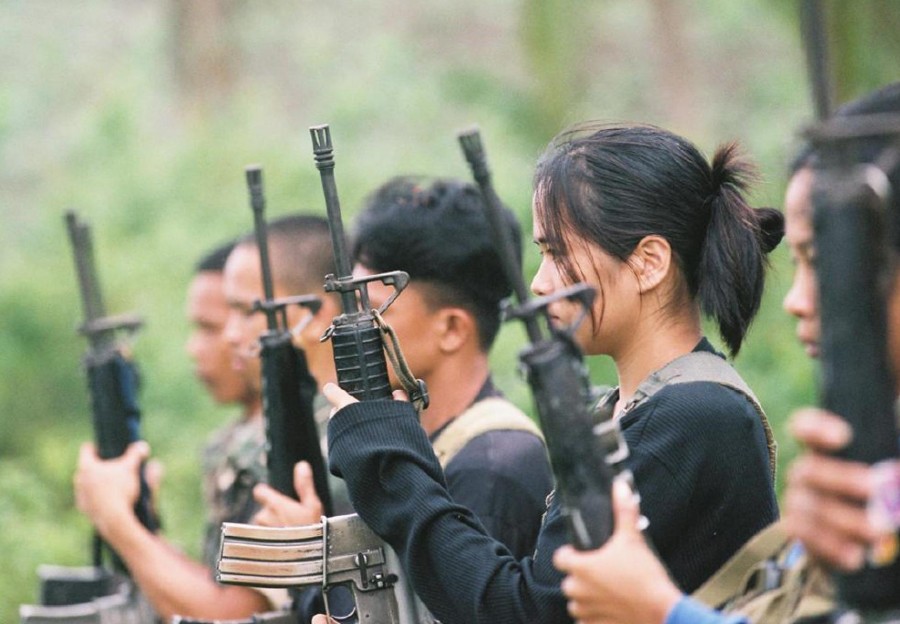Renewed hope and challenges in the Government of the Philippines & the National Democratic Front of the Philippines Peace Process
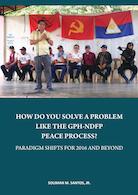 The recent election of a new administration of the Philippines opens a clear window of opportunity to revive the Government of the Philippines (GPH) and the National Democratic Front of the Philippines (NDFP) Peace Process.
The recent election of a new administration of the Philippines opens a clear window of opportunity to revive the Government of the Philippines (GPH) and the National Democratic Front of the Philippines (NDFP) Peace Process.
Published by the Centre for Peace & Conflict Studies (CPCS), Judge Soliman (Sol) M. Santos latest book, How Do You Solve a Problem Like the GPH-NDFP Peace Process: Paradigm Shifts for 2016 & Beyond, is a collection of analysis pieces that reviews the last six years of the peace process and provides possible ways forward.
In the publication, Judge Santos takes stock of what has been achieved so far and calls for a renewed effort to reach a negotiated solution to this protracted conflict.
While acknowledging past progress and suggesting possible next steps, he also expresses caution.
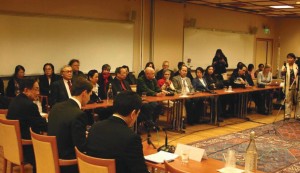 “As experience has shown, the expected, and understandable, enthusiasm of a new administration to talk peace with the country’s major rebel groups will not be enough,” says Judge Santos.
“As experience has shown, the expected, and understandable, enthusiasm of a new administration to talk peace with the country’s major rebel groups will not be enough,” says Judge Santos.
“Political will has to be matched by viable ways forward that, in turn, will build confidence between the parties and the body politic whose support for the process and outcome is essential.”
Judge Santos writes as a well respected Filipino human rights and international humanitarian lawyer, legislative consultant and legal scholar. A peace advocate and researcher, he is the author of numerous books and first engaged with the GPH-NDFP peace process in his home region of Bicol in 1986. He is presently Judge of the Regional Trial Court in Naga City in the Philippines.
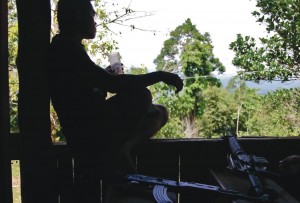 Paradigm shift
Paradigm shift
The book calls for a paradigm shift on both sides of the conflict.
“Each side has to make a judgment call, a strategic decision, on whether to go for a peace strategy or war strategy,” he says. “The ideal and best-case scenario is when both sides concur in going for a peace strategy…”
By drawing on lessons from past negotiations, How Do You Solve a Problem Like the GPH-NDFP Peace Process showcases the foundations of the peace process to date, and the opportunities that exist to build on those achievements.
“One problem with the long-stalled GPH-NDFP peace negotiations is that these are high level and not reflective of the local situations and concerns,” Judge Santos says. “There is a big gap between the top and bottom, and thus no solid foundation for the top-level talks.
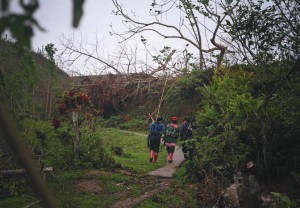 “A critical mass of local community-based peace constituencies, in other words, a local mass base for peace, should be able also to help push the talks to move, along with, of course, other favourable national and international factors.”
“A critical mass of local community-based peace constituencies, in other words, a local mass base for peace, should be able also to help push the talks to move, along with, of course, other favourable national and international factors.”
“The interest of the general public on the GPH-NDFP front of war and peace may have waned in the national capital region and in the big regional cities, but it is still high in the local communities in conflict-affected areas of the countryside, where this interest is a matter of life and death, as highlighted in recent months by the spate of Lumad [Mindanao indigenous peoples] killings.”
How Do You Solve a Problem Like the GPH-NDFP Peace Process: Paradigm Shifts for 2016 & Beyond will be offically launched on July 11 in Manila. Please contact Zabra Siwa (zsiwa.cpcs@gmail.com) and Betchak Padilla (betchak.padilla@gmail.com) before July 4 if you would like to attend.

